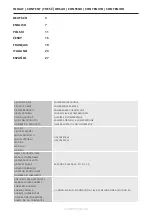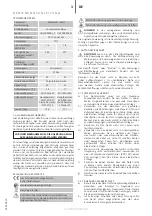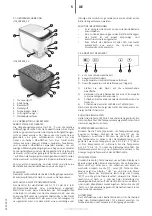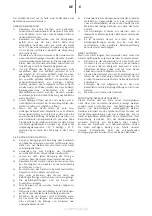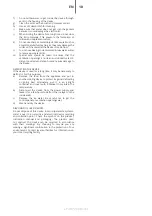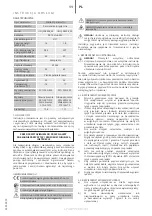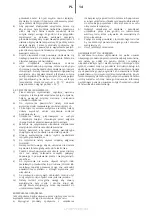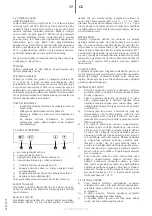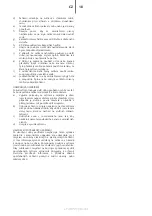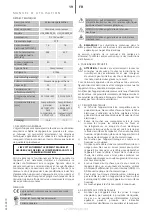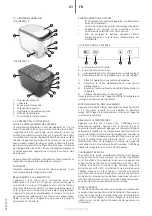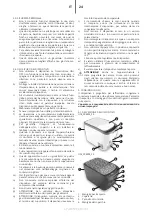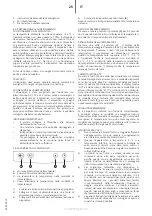
10
EN
f)
Do not allow water to get inside the device through
vents in the housing of the device.
g)
Clean the vents with a brush and compressed air.
h)
Use a soft, damp cloth for cleaning.
i)
Make sure that water does not get into the gaskets
because it could damage the electronics.
j)
When storing the device for a long time, do not close
the lid completely. This prevents the formation of
mildew and unpleasant odors.
k)
Do not use sharp or metal objects (like a wire brush or
a metal spatula) for cleaning, as they may damage the
surface of the material the device is made from.
l)
You can use baking soda dissolved in lukewarm water
to remove persistent dirt.
m) Special care should be taken to ensure that the
ventilation openings are clean and unobstructed. A
dirty or covered ventilation hole can cause damage to
the device.
DEFROSTING THE DEVICE
If the device is used for a long time, it may be necessary to
defrost it. For this purpose:
a)
Remove the food from the appliance and put in
another cooling device to protect it against defrosting
or going bad. Alternately, put it in an airtight
container and cover with a blanket to maintain the
temperature.
b)
Disconnect the device from the power supply and
leave it for a few hours to defrost the ice layer on the
inside walls.
c)
Remove the ice water. Be careful not to get the
control panel or ventilation openings wet.
d)
Wash and dry the device.
DISPOSING OF USED DEVICES
Do not dispose of this device in municipal waste systems.
Hand it over to an electric and electrical device recycling
and collection point. Check the symbol on the product,
instruction manual and packaging. The plastics used
to construct the device can be recycled in accordance
with their markings. By choosing to recycle you are
making a significant contribution to the protection of our
environment. Contact local authorities for information on
your local recycling facility.


